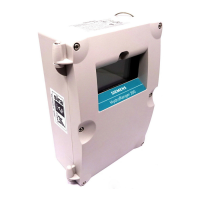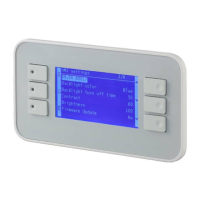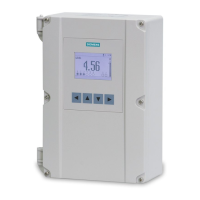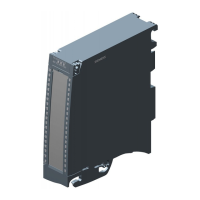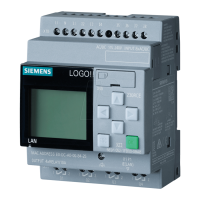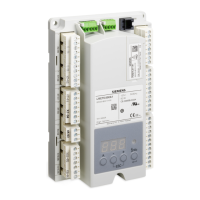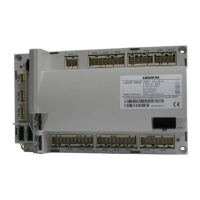Glossary
A31003-W1040-U101-1-7619, July 2006 DRAFT
270 HiPath Wireless Controller, Access Points and Convergence Software V4.0, C10/C100/C1000 User Guide
hwc_glossary.fm
Networking terms and abbreviations
Diversity antenna and
receiver
The AP has two antennae. Receive diversity refers to the ability of the
AP to provide better service to a device by receiving from the user on
which ever of the two antennae is receiving the cleanest signal.
Transmit diversity refers to the ability of the AP to use its two antenna
to transmit on a specific antenna only, or on a alternate antennae. The
antennae are called diversity antennae because of this capability of
the pair.
DNS Domain Name Server
DSSS Direct-Sequence Spread Spectrum. A transmission technology used
in Local Area Wireless Network (LAWN) transmissions where a data
signal at the sending station is combined with a higher data rate bit
sequence, or chipping code, that divides the user data according to a
spreading ratio. The chipping code is a redundant bit pattern for each
bit that is transmitted, which increases the signal's resistance to
interference. If one or more bits in the pattern are damaged during
transmission, the original data can be recovered due to the
redundancy of the transmission. (Compare FHSS)
DTIM DTIM delivery traffic indication message (in 802.11 standard)
Dynamic WEP The IEEE introduced the concept of user-based authentication using
per-user encryption keys to solve the scalability issues that
surrounded static WEP. This resulted in the 802.1X standard, which
makes use of the IETF's Extensible Authentication Protocol (EAP),
which was originally designed for user authentication in dial-up
networks. The 802.1X standard supplemented the EAP protocol with
a mechanism to send an encryption key to a wireless Access Point
(AP). These encryption keys are used as dynamic WEP keys, allowing
traffic to each individual user to be encrypted using a separate key.
Term Explanation
Table 19

